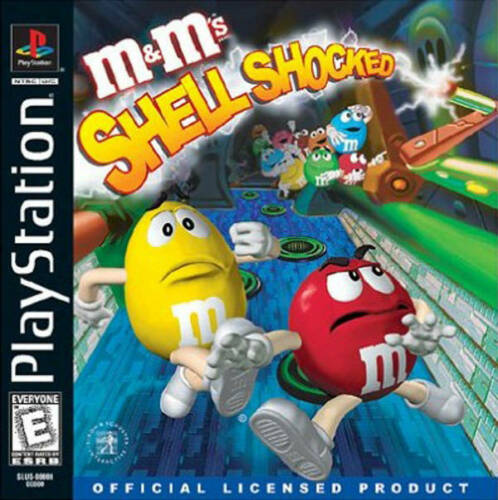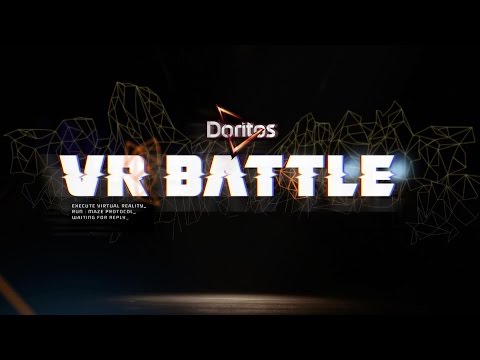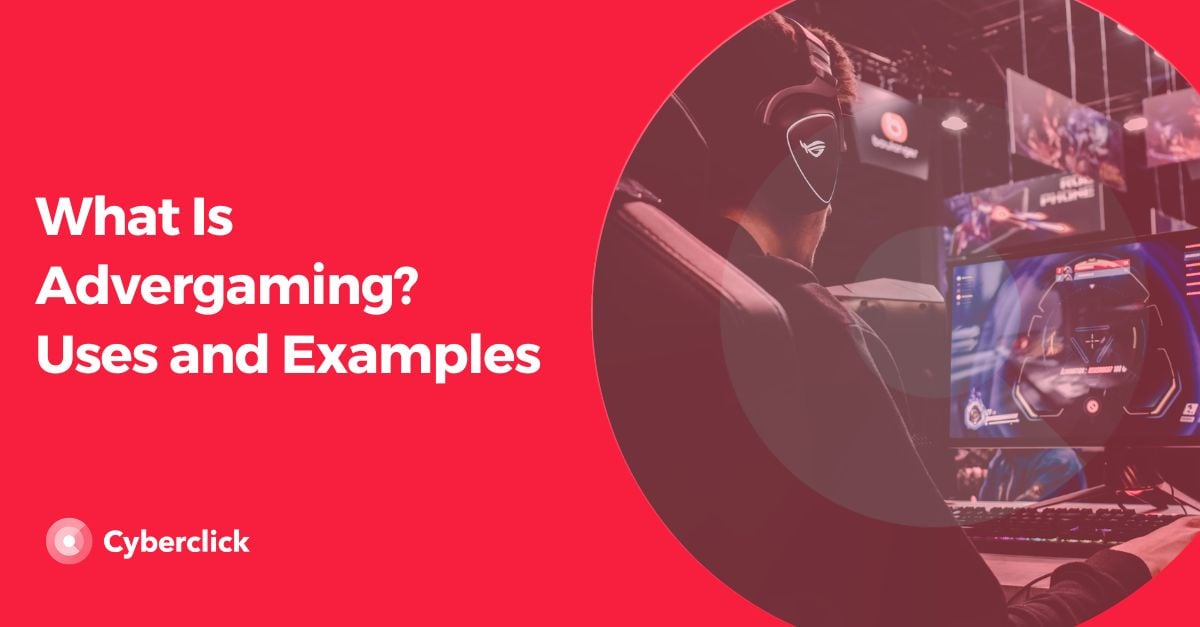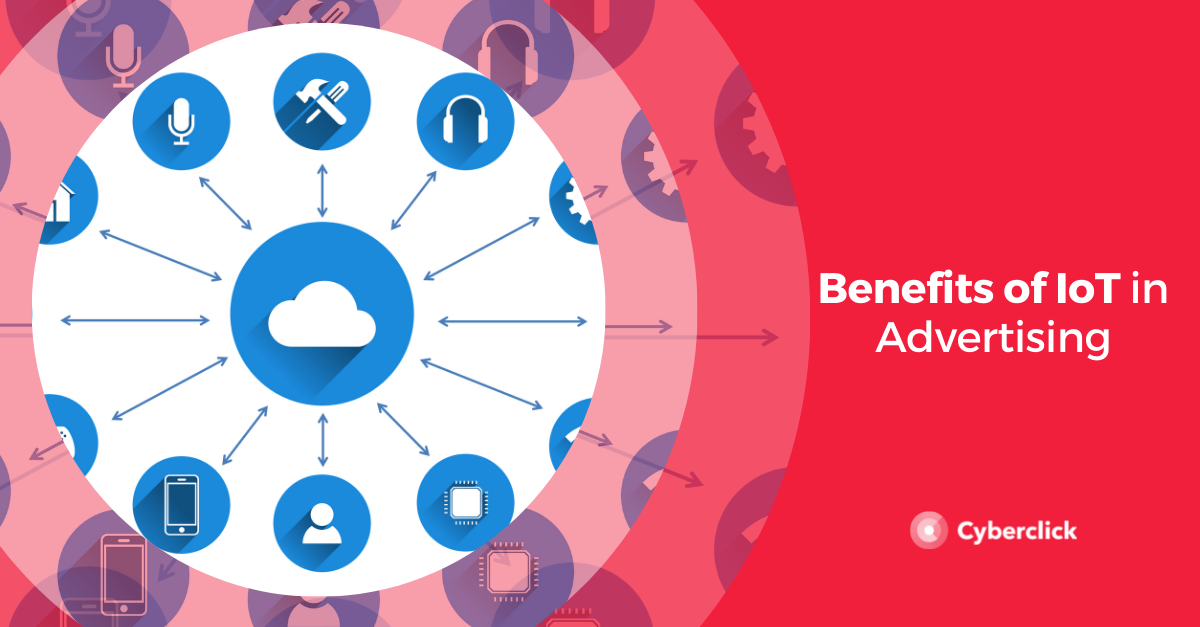Digital advertising is constantly evolving and integrating new technologies and formats and advergaming is a great example of this. Although it has been around for years, this type of advertising has become increasingly popular as more and more brands are getting involved in this marketing trend.
Here we’ll explain what advergaming is, its advantages, and give some examples.
What Is Advergaming?
Advergaming is an advertising technique where games are used as a means of advertising products or services. This not only promotes brand awareness but also improves engagement.
The games developed as part of an advergaming strategy are usually free, distributed online, and compatible with different types of devices. Typically the protagonist of these games is the brand, company, product, institution or service that is being promoted.
Don’t confuse advergaming with the ads that are inserted inside a video game. The ads that you see when playing a game are actually banners or display advertising. In advergaming, the presence of the brand is not secondary, but constitutes the core of the game.
Advergaming Advantages
- Advergaming offers a non-intrusive way to connect with the public. The users themselves voluntarily interact with the game.
- Advergames are easy to customize. By designing a video game from scratch (or adapting an existing format), a brand can include its style and values in a unique product that represents it.
- They can go viral easily. The games are very addictive and entertaining, and have a social component (just look at the success of Candy Crush on Facebook!). Therefore, there is a good chance that users will share them.
- They are easily measurable. you can record all users interactions with the game, such as the time they spend playing, the number of times they log in, or the screen they leave.
Advergaming in Emerging Technologies
Advergaming continues to evolve and integrate seamlessly with emerging technologies to create more immersive and engaging experiences for consumers. With the rise of augmented reality, or AR, and virtual reality (VR), brands are leveraging these technologies to embed their messaging within interactive gaming experiences. Whether it's AR-enabled mobile games that allow players to engage with branded content in their real environment or VR simulations that immerse users in a branded narrative, these technologies offer innovative spaces where advergaming can thrive.
Moreover, incorporating gaming elements in mobile apps and social media platforms has provided new ways for brands to subtly integrate their marketing messages into entertaining and interactive content. For instance, various companies have used gamification within apps to engage users and promote products or services. These evolving trends demonstrate the potential for advergaming to not only entertain but also to effectively convey marketing messages in a way that connects with modern audiences.
4 Examples of Advergaming
1. Volkswagen Polowers
This campaign aimed to get users talking about the Volkswagen Polo on Twitter. It was especially focused on younger audiences because, according to Volkswagen, the majority of Polo owners fall into that age group. To make this promotion work, Volkswagen organized a game using the hashtag #Polowers. It was a kind of virtual race on Twitter in which people advance based on their tweets. Unsurprisingly, the prize for the winner was a Volkswagen Polo.
2. Magnum
This Unilever brand managed to attract millions of people with a game based on helping the protagonist collect chocolates on popular sites both on and off the Internet such as a safari, New York, Italy, Spotify, YouTube, etc. Although the premise was simple. the game was fun and engaging and therefore managed to hook its audience. People could also involve their friends and acquaintances to beat their scores which helped the game gain traction and led to even more engagement.
3. M&Ms
This brand took advantage of a classic game like Connect 4 to develop its own branded advergaming. The objective was to place a minimum of 3 of the same M&Ms together so that they could be eliminated: a classic but addictive and effective game system. In addition, they also created their own adventure video game for PlayStation called "M&Ms: Shell Shocked," which had more than 20 levels and could be downloaded for free.

4. Doritos
Doritos created its own VR experience called "Doritos VR Battle" in which two players compete against each other in a virtual world. The idea was to challenge someone else to go on a virtual adventure where there are obstacles like mountains, cliffs, and even monsters to fight. Along the way, players have to collect as many Doritos as they can and whoever gets the most, wins. To promote this, Doritos got celebrities from different countries to try out the game and posted YouTube videos of them competing. This brought in an even bigger audience to their game and even more attention to their brand.

Inbound Marketing Strategist en Cyberclick. Graduada en Publicidad y Relaciones Públicas por la UPF. Responsable de la estrategia de inbound marketing, creación de contenidos digitales y posicionamiento web. Gestión del CRM con la herramienta HubSpot.
Inbound Marketing Strategist at Cyberclick. Helena holds a degree in Advertising and Public Relations from UPF. She specializes in inbound marketing campaigns, digital content creation and web positioning, with experience in CRM management and HubSpot.







Leave your comment and join the conversation